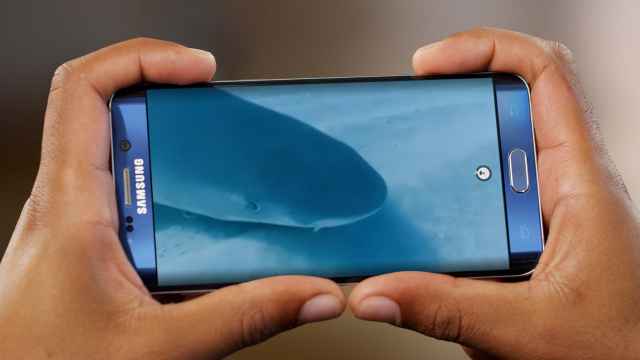Native Video and Live Streaming Crucial to Facebook Strategy
March 15, 2017
Since 25 percent of U.S. Internet users adopted ad blockers in 2016, native video is becoming increasingly important to marketers and brands. Native video is also one of the primary reasons that a new wave of user-generated content and influencer marketing has become so relevant. According to a new study from social analytics firm Quintly, native videos are dominating Facebook, and doing so by design. The social network is becoming a major player in the video realm by downplaying other platforms and introducing auto plays in feeds as a default. The company is also starting its pursuit of live streaming professional broadcasts, including sports.
While Facebook has been chipping away at YouTube’s video dominance (VB Insight indicates YouTube was 11 times larger in 2015), Facebook’s “native videos performed on average 109 percent better than even YouTube videos,” said Quintly’s Nils Herrmann.
“And that number rose as high as 186 percent in December 2016,” Herrmann added. “Also that same month, we found that FB native videos held a 1,055 percent higher share rate than YouTube videos. Given how popular YouTube remains on its own outside of Facebook, these numbers raised a few eyebrows!”
“Facebook’s tactic of downplaying other formats has seen Vimeo shares almost disappear from the network entirely — only 2 percent of profiles included a Vimeo link in their feeds,” explains VentureBeat. “And video is now so prevalent on Facebook that 53 percent of all Facebook profiles share video content on their feed.”
However, it’s worth noting that Facebook has yet to come up with a model that monetizes video as successfully as YouTube.
“At the moment, Facebook native videos simply increase your share of voice through a higher reach than other formats based on the results of our study,” Herrmann said. “This is a good start for both companies and influencers to optimize their strategies, to measure and then adjust. After professional Facebook users build a more grown-up video strategy, Facebook is very likely to do something comparable as YouTube.”
Meanwhile, video is part of Facebook’s larger media strategy to move the company forward; its importance underlined by the fact that video is being pushed to Samsung and Apple TVs through the new Facebook app.
Live streaming – especially live sports — will become an important part of that overall strategy. Its offerings are thus far reminiscent of the fringe content first introduced by Twitter, suggests Recode: “Facebook’s deals so far include a streaming deal with Major League Soccer and another with the World Surf League. The NBA’s minor league system streams games on Facebook, and over the summer, Facebook streamed pre-Olympics basketball games from the men’s and women’s national teams.”
A methodical approach, however, may be necessary to prove the social network’s ability to reach an audience for live sports. Then licensing deals may be more attainable.
“If the social network does end up bidding for NFL rights down the road — the big, expensive rights that TV networks have now — it’ll need to prove that it knows how to deliver video to a massive audience, and these smaller deals give the company a chance to practice that delivery,” notes Recode. “If Facebook can generate a sizable audience for surfing, imagine what it can do with NFL football.”


No Comments Yet
You can be the first to comment!
Sorry, comments for this entry are closed at this time.